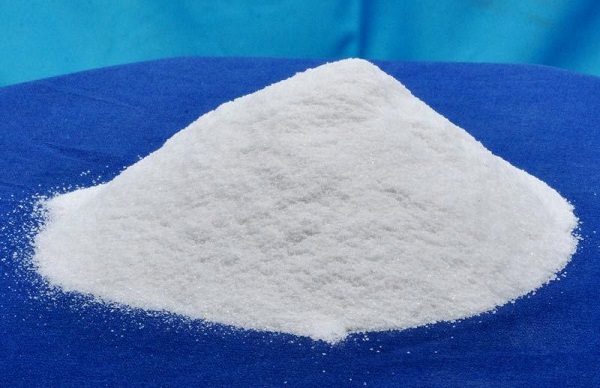
Quartz, as a mineral widely found on the earth, has extremely high application value in the industrial field due to its diverse origins and unique physical and chemical properties. What are the differences in the geological origins and industrial applications of these seven major industrial types of quartz ore, from natural crystal to granite quartz?
1. Natural crystal
Natural crystal is a colorless and transparent quartz crystalline mineral, the main component of which is SiO2. Its geological origin is mostly related to the rock-forming process of igneous rocks, sedimentary rocks and metamorphic rocks, especially the main component minerals of granite pegmatite veins and most hydrothermal veins. Natural crystal is widely distributed around the world, but the deposits are small in scale and reserves are small.
2. Vein quartz
Vine quartz is mainly composed of dense quartz blocks, which are white or milky white, and its SiO2 content is usually as high as 98% or more. The formation of vein quartz is closely related to the magmatic hydrothermal action related to granite, and the ore body is distributed in an irregular vein. Although the deposits of vein quartz are generally small in scale, their resource reserves are relatively rich and the mining conditions are relatively favorable. The main application area of vein quartz is the production of high-purity quartz sand, which is used to make silicon micropowder, metal silicon smelting raw materials and artificial quartz plates. Due to its high purity and good physical properties, vein quartz has become one of the ideal mineral raw materials for processing high-purity quartz.
3. Quartzite
Quartzite is a metamorphic rock formed by regional metamorphism or thermal contact metamorphism of quartz sandstone or other siliceous rocks. Compared with quartz sandstone, quartzite is denser, harder and harder.
4. Quartz Sandstone
Quartz sandstone is a consolidated sandy rock, the main components of which are quartz and siliceous debris, and the content is usually more than 95%. Quartz sandstone is widely distributed around the world
5. Powder Quartz
Powder Quartz is a natural powdered quartz with extremely fine particles and a high SiO2 content. There are not many powder quartz deposits in China, but the discovered deposits are mostly concentrated in southern regions, such as Jiangxi, Chongqing, Guizhou, etc. Due to its unique physical and chemical properties, powdered quartz ore is widely used in ceramics, insulation materials, glass fiber, plastic fillers, refractory materials, rubber, thermal insulation materials and precision casting.
6. Natural quartz sand
Natural quartz sand is a sand-like mineral raw material with quartz as the main mineral component, which is formed by long-term weathering of parent rocks such as granite, quartzite, quartz sandstone and vein quartz in nature. Natural quartz sand is an ideal raw material for processing quartz sand for casting, 3D printing sand, colored quartz sand and oil fracturing proppant.
7. Granite quartz (pegmatite quartz)
Granite quartz, also known as pegmatite quartz, is mainly found in granite pegmatite. Although its quartz content is only about 30%, the quartz grains are coarse and easy to separate from the gangue, and the impurity content in the monomer quartz is extremely low.
Differences in geological origin and industrial application
The industrial application of quartz ore is closely related to its geological origin. Natural crystal is mainly used in the production of handicrafts and optical and piezoelectric materials due to its high transparency and complete crystal shape; vein quartz and granite quartz are ideal raw materials for processing high-purity quartz due to their high purity and good physical properties; quartz sandstone and quartzite are widely used in traditional quartz application fields due to their abundant reserves and stable physical and chemical properties; powdered quartz and natural quartz sand have broad application prospects in many emerging fields due to their unique particle morphology and chemical composition.
In fact, the seven major industrial types of quartz ore have their own characteristics, and their differences in geological causes and industrial applications provide rich choices and broad space for the development and utilization of quartz resources. With the advancement of science and technology and the development of industry, the application field of quartz ore will continue to expand, bringing more benefits to human society.
